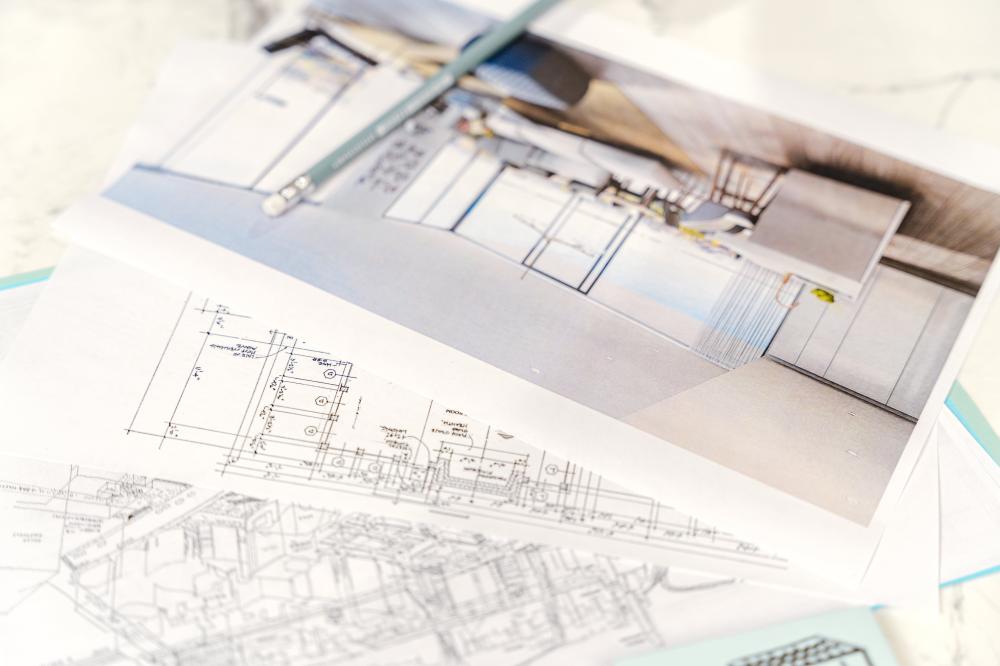We live in a world where everything you use every day comes with user manuals, assembly instructions, and warranties. You are surrounded by products, each with its own set of rules, whether you are at work or at home. Now imagine extending the market for your product to other nations. This is when the skill of technical translation is needed. In this article, which relies upon the industry-specific expertise of Powerling, a preeminent multilingual agency specializing in translation and localization services, we'll delve into the area of technical translation and offer crucial advice to make sure your products are well-received globally.
The Essential Function of Technical Translation in International Markets
When entering international markets, all product documentation must be carefully translated. From "OPEN THIS END" to "TUMBLE DRY ONLY," every word has a particular meaning that must be understood in the precise context in which it is used. Neglecting accurate translation can have serious repercussions. Even a single accident caused by incorrectly translated product labels can trigger unexpected legal problems.
Technical Translation for Specific Audiences
While certain kinds of lengthy technical content may seem extraneous to you as a consumer, they are absolutely essential to corporate operations. In-depth documentation is crucial for each device, whether it be a simple domestic appliance or a sophisticated industrial machine. With the help of thorough and clear instructions, users can better grasp the fundamentals of proper product operation and avoid accidents brought on by inappropriate usage. Regardless of the market or language, the integrity of your product depends on providing reliably unambiguous information.
Powerling's Technical Translation Advice
Powerling’s team of subject-matter specialists offers the following helpful advice on technical translation:
1. Retain a current glossary
A lexicon that includes company names, patented phrases, and commonly used terminology is extremely useful. To keep your translations consistent, make sure your key terms are updated frequently. Create a glossary if you don't already have one, and partner with Powerling to develop translations of your glossary into your target languages.
2. Keep it basic
Simple is best. Clarity is crucial since technical publications may be read by people with different reading abilities. Aim for clear, concise material to make reading and translation easier, whether for general consumer goods or specific niche sectors.
3. Support Recycling of Technical Content
When you write with recycling of key technical content in mind, you accomplish more than just saving time. By being consistent in your technical writing, you also ensure necessary levels of uniformity throughout your translated content and cut corresponding costs in your marketing materials.
4. Be Careful with Graphics
In technical papers, especially instruction manuals, graphics are indispensable. When practicable, separate text from graphics in advance. This method streamlines the translation procedure and conserves time and resources.
What Makes Powerling Your Best Option for Technical Translation?
Consider working with Powerling if you're looking for a dependable global content solutions provider. Our cutting-edge, ISO-certified business translation services provide accurate, precise, and on-time translations that are suited to your needs. Powerling is your go-to partner if you need an estimate for your next translation job or are looking to grow into new markets.
In summary, technical translation is an essential part of globalization. By following these suggestions and utilizing Powerling's experience, you can make sure that your products are well-received and easily comprehended by buyers all around the world. Contact Powerling right away and maximize the possibilities of your international commercial endeavors.

